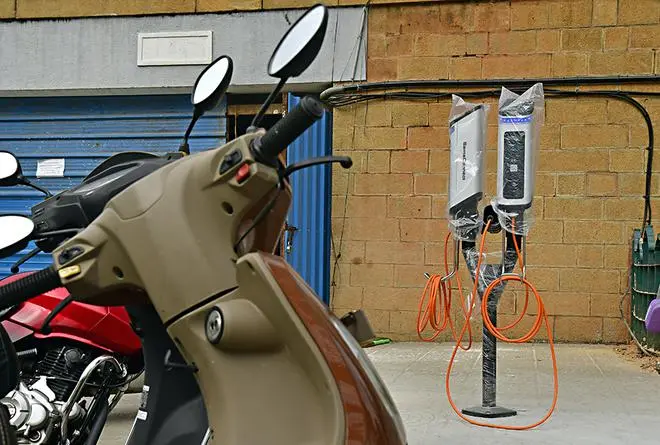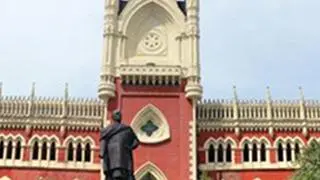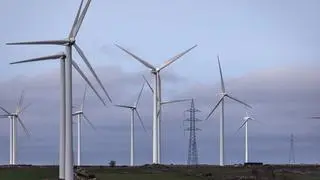As the world celebrated September 9 as electric vehicle (EV) day, the transition from internal combustion engine (ICE)-powered vehicles to battery-powered vehicles is already underway in the mobility sector across markets, including India, driven by the decarbonisation push.
Reducing CO2 levels
Decarbonising the transportation sector is critical in achieving India’s CO2 reduction goals because the transport sector is the third most CO2-emitting sector. Road transport (vehicles carrying passengers and goods) accounts for more than 90 per cent of the total CO2 and NOx emissions.
Hence, there is a strong policy impetus from both Central and State governments for the deployment of EVs. Also, India has pledged to reduce its dependence on energy imports. To drive this, the government has been pushing for the development of a local EV manufacturing ecosystem.
Although EVs make up a fraction of automobile sales in India now, the e-mobility revolution has been gathering momentum, supported by many factors. Now, not a day passes without an announcement about the EV sector – tie-ups for charging infra, the launch of new EVs, agreements for battery technology, and the opening of new EV dealerships, among others.

The current calendar year has seen exponential growth in EV registrations in India, as the demand for battery-powered vehicles has been increasing rapidly over the past few months, given the improving overall EV ecosystem.
If the festival season provides a boost to the current trend in EV sales, 2022 could prove to be a record year, as the total EV registrations (all segments put together) in the country may reach close to a million units, which will be a significant milestone. In the past four years — 2018 to 2021 — total EV registrations stood at about 7.3 lakh units. But, in this calendar year till now, total registrations have reached close to 6 lakh units.
Interestingly, the decarbonisation push happens both in the personal and public transportation segments. Big cities in the country are increasingly looking at upgrading their fleet with electric buses, paving the way for providing cleaner mobility solutions to the citizens.
From the demand perspective, EVs are gaining traction at a varied pace across different vehicle categories. But, currently, electric three- and two-wheelers account for a major chunk of registrations in the country.
“The 3W category is witnessing the fastest transition followed by the 2W category. This phenomenon is enabled by the fact that the government subsidy schemes, be it FAME or State-level EV programs, favour these particular vehicle categories, resulting in a reduced price gap with their ICE counterparts,” says Suraj Ghosh, Director, Powertrain & Compliance Forecasts, South Asia, S&P Global Mobility.
Once the acquisition cost is taken care of by a lower GST and subsidies, the overall total cost of ownership (TCO) of an EV works better, especially in market conditions where fuel prices are high and have become uneconomical for the users of two and three-wheelers.
“Commercial EVs have gained inroads in markets and are being deployed excessively across regions, delivery hubs, and even rural areas today. We are seeing demand from every nook and corner of India for EVs. The right commercial vehicle policy push with the expansion of charging infra, financing ecosystem, and battery standardisation will help us reach that EV tipping point for the Indian market,” says Saurav Kumar, Founder and CEO, of Euler Motors, an electric commercial vehicle maker.
Subsidies not enough
But in the case of four-wheelers, it is a little different as the subsidies aren’t enough to bring down the costs below a certain level. Although prices are falling, electric cars and SUVs are still dearer than their ICE counterparts.
But aggressive investments by automakers into product development are rapidly changing the landscape. “But, going by the buzz around EV announcements and the initial success of the Tata Nexon EV, the impression is that there is demand for affordable EVs in the PV category as well. Hence, we see a lot of action from most carmakers making announcements about new product introductions, future launches, and capacity additions,” Ghosh states.
Interestingly, the current e-mobility revolution is spurred by several new-age players using technology. Various reports state that new-age players appear to be helping in the acceleration of EV adoption in several markets. India has also seen numerous new players in the EV market
While the pace of charging infrastructure development is gaining momentum in the country, EV manufacturers are also working on materials that may improve the efficiency of parts such as batteries and motors. Thus, the overall EV ecosystem in the country continues to get better. Yes, India is at the beginning of the EV transition. But there is only one direction for it to move, up.








Comments
Comments have to be in English, and in full sentences. They cannot be abusive or personal. Please abide by our community guidelines for posting your comments.
We have migrated to a new commenting platform. If you are already a registered user of TheHindu Businessline and logged in, you may continue to engage with our articles. If you do not have an account please register and login to post comments. Users can access their older comments by logging into their accounts on Vuukle.